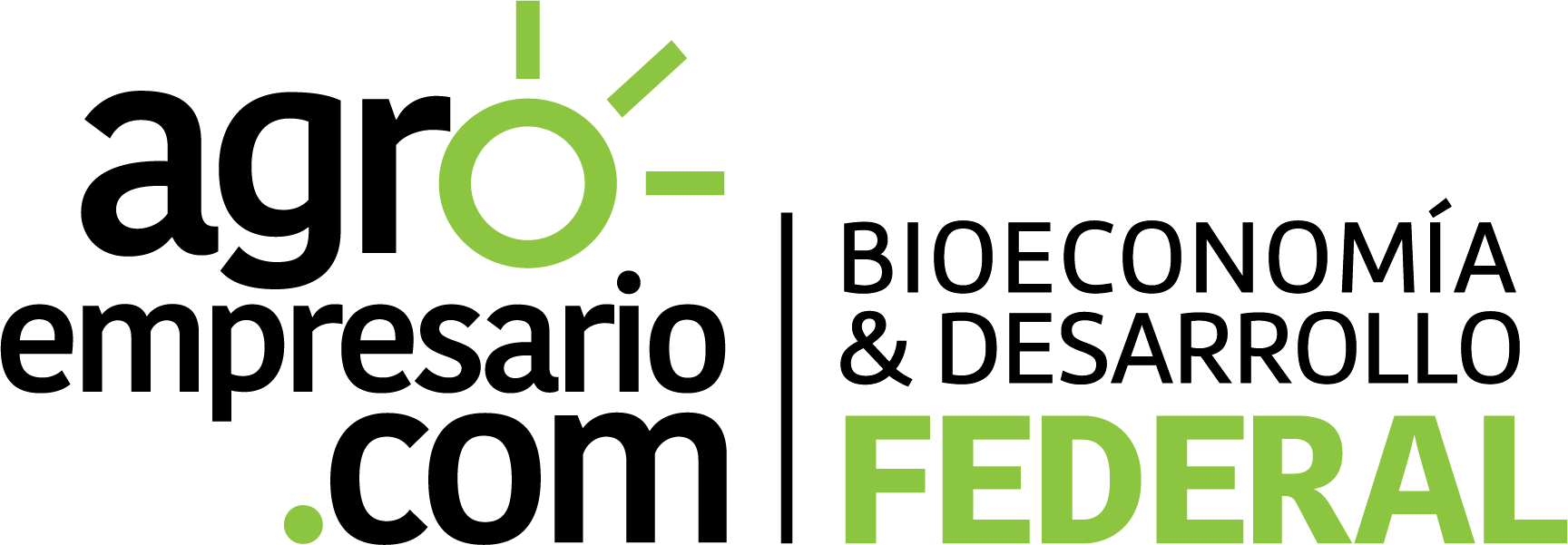
By Agroempresario.com
In the ever-evolving landscape of food tech and bioinnovation, California-based Checkerspot is making waves with a breakthrough that could redefine how industries source high-performance fats. The company has unveiled what it claims is a world-first: a non-GMO algal oil that mimics the profile and functionality of high-oleic palm oil—without relying on genetic engineering.
High-oleic palm oil, largely cultivated in Ecuador, Colombia, and Brazil, is a sought-after alternative to conventional palm oil due to its lower saturated fat content. Yet its production remains tied to tropical agriculture, with all the accompanying environmental and social concerns. Checkerspot’s solution, derived from a strain of Prototheca moriformis, offers a sustainable, scalable, and domestically produced option that holds significant promise across multiple industries—from cosmetics to infant formula and pharmaceutical-grade nutraceuticals.
Checkerspot’s algal oil contains 55-57% oleic acid, surpassing the approximate 49% found in high-oleic palm oil. It maintains comparable levels of palmitic acid (30-32%), giving it a similar saturated fat content. This chemical makeup is critical for formulators looking for high-functioning, palm-free lipids that behave like their traditional counterparts.
In a study recently published in the journal Fermentation, Checkerspot detailed how it used classical strain improvement techniques—specifically, chemical mutagenesis—to optimize lipid yield and composition. This approach allows the company to avoid genetically modified organisms (GMOs), which opens up regulatory and commercial doors in markets with strict biotech labeling requirements.
“Similar results could have been achieved using genetic engineering,” said CEO John Krzywicki. “But by working with a non-GMO strain, we lower the regulatory hurdles and make the product accessible to more markets.”
Krzywicki is upfront about the challenges of cost and scalability in microbial fermentation. While the unit economics may not currently support drop-in replacements for commodity fats, they work well in applications where functionality, purity, and traceability are paramount—and where companies are willing to pay a premium.
“We’re targeting niches where we can provide unique value,” he explained. “If you’re making a pharmaceutical-grade product, consistency, lack of contaminants, and custom formulation processes are critical. That makes our oil attractive for high-end applications like infant formula, supplements, and medical nutrition.”
Checkerspot is already producing a lipid known as OPO, found in human breast milk, using the same microalgal strain. This compound is typically derived from palm oil but is in high demand in the infant nutrition sector. The company is also working with global partners like AAK to explore tropical fat replacements in confectionery, and with Mara Renewables to develop omega-3 formulations.
Rather than trying to vertically integrate all aspects of production, Checkerspot operates under a partnership and licensing model. “We’re not building everything ourselves,” said Krzywicki. “Instead, we engage in joint development agreements. We want partners who will walk with us through scale-up and commercialization.”
This collaborative approach not only accelerates go-to-market timelines but also de-risks the path to profitability. “We’re already generating revenue through these partnerships,” Krzywicki added. “Our partners pay us to co-develop new ingredients with them.”
The story of microalgae innovation has been a turbulent one, often marked by high expectations and equally high failures—particularly in the algae biofuel sector. Krzywicki acknowledges the past missteps and believes they’ve informed a more focused and realistic approach at Checkerspot.
“The microalgae industry learned the hard way during the biofuel boom and bust,” he said. “You can’t build a business that only works when commodity prices are high. We’re building something that’s evergreen—valuable regardless of the market cycle.”
So when will this high-oleic algal oil hit the market? Sooner than many might expect. Checkerspot is pursuing self-affirmed GRAS (Generally Recognized as Safe) status, which would allow the company to begin commercial sales while simultaneously submitting applications for full FDA GRAS approval.
“We’re hopeful that we can get this product to market by the end of this year under self-GRAS,” Krzywicki confirmed.
There’s also a strategic national advantage to Checkerspot’s innovation. Unlike palm oil, which is subject to volatile global supply chains and ethical concerns over labor and deforestation, algal oil production can be localized and controlled.
Jim Kim, a partner at Builders VC—an investor in Checkerspot—highlighted the opportunity: “This technology answers a critical market demand for reliable, domestically produced fats. It eliminates dependencies on hybrid pollination systems, labor-intensive harvesting, and tropical agriculture.”
As the food and wellness industries continue to seek clean-label, sustainable, and high-functionality ingredients, Checkerspot’s non-GMO high-oleic algal oil arrives at a perfect time. With solid science, a clear commercialization strategy, and growing partnerships, the company is positioning itself not as a commodity killer, but as a premium player in select, high-margin categories.
In a world where precision, purity, and ethics increasingly matter, Checkerspot may have just fermented its way into the future of fats.
